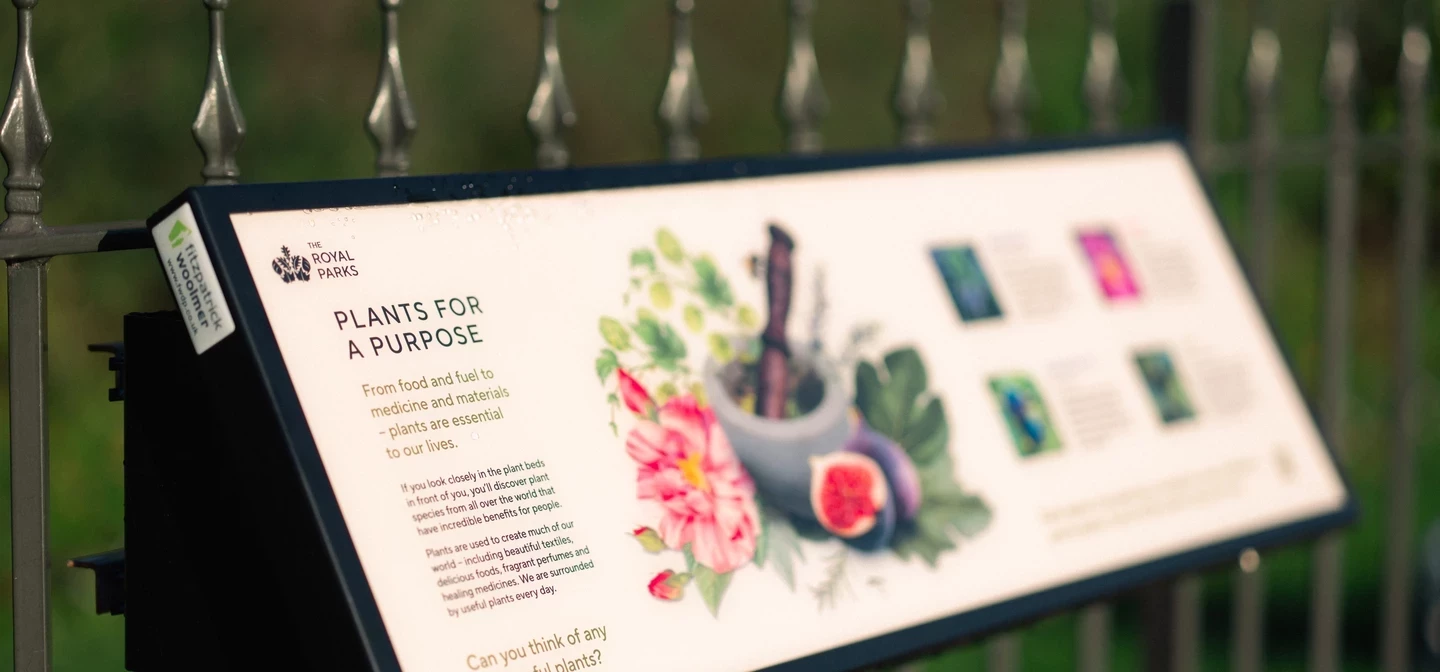
Plants for a purpose - summer 2024
Throughout the year, new planting at Victoria Gate in Hyde Park reveals a different purpose for plants – from food and fuel to medicine and materials. Last winter, we looked at plants that have been used to produce healing medicines, both in the past and present.
This summer, the garden beds feature plants that are used for food production. The plants featured here are known for their taste – but they’re also some of the most resilient and useful for the future of global food production.
Let’s learn a little bit about sustainable food production, and spot some of the top highlights in the Victoria Gate beds. Just make sure not to pick the plants here – leave them to grow and flourish!
The future of food
In the face of our changing climate and ever-growing population, food production must evolve. So – how is the food production industry changing?
Increasingly, scientists are focusing on what’s called ‘agricultural biodiversity’. That’s a complex term for a simple idea – that we grow lots of different types, or species, of plants so that if one type can’t survive, we have many other options to keep us going. If one strain of plant dies from disease, for example, another strain can continue.
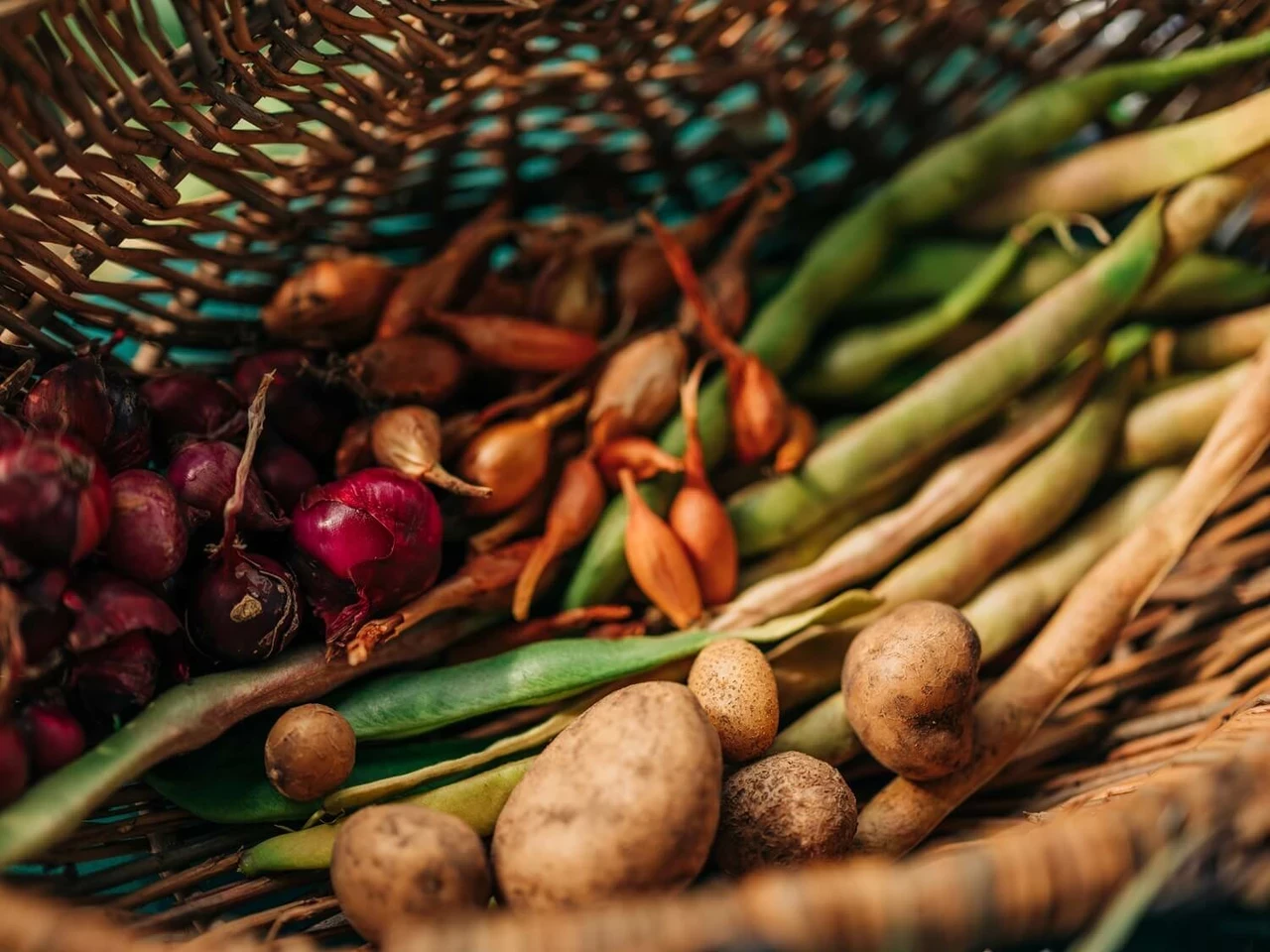
Another way we’re developing food production is by focusing on plants that can survive and thrive in different environments and climates. Certain plants do much better than others in hotter conditions, including droughts – ideal for the warmer temperatures induced by climate change. Others are particularly resilient by flourishing in tough soils or persisting through frost. These hardy survivors may well be the future of our diets.
So – with that said, let’s take a look at which remarkable plants we can spot at Victoria Gate this summer.
Tasty titles
Some of the flowers here have fun food-based names! It’s a common horticultural practice to name plants after their scents – and the flowers and leaves here have particularly special foody fragrances.
Planted here are sweet-scented chocolate peppermint geraniums (Pelargonium ‘Chocolate’ tormentosum) and peppermint geraniums (Pelargonium ‘Peppermint’ tormentosum). Sniff the air and see if you can catch a whiff – delicious!
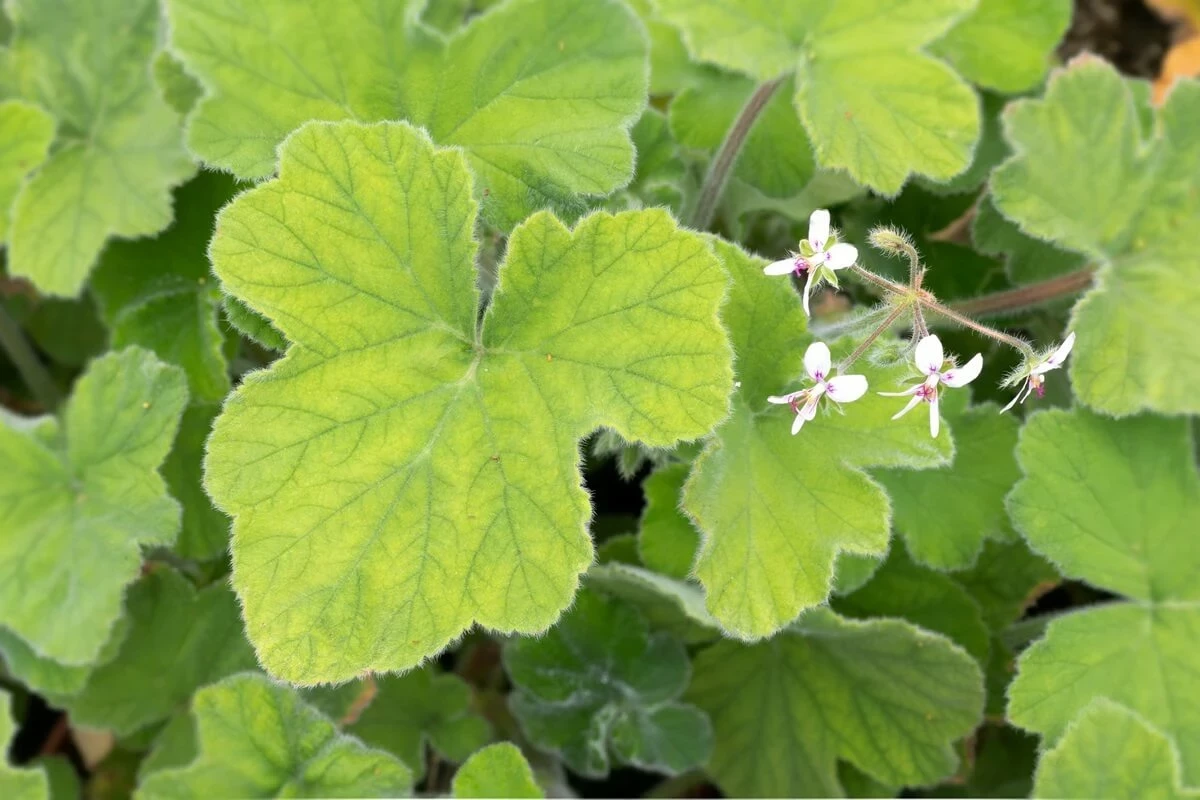
Enset (Ensete ventricosum)
Known as ‘the tree against hunger’, enset’s many edible components feed 20 million people across Ethiopia – and the plant has potential for so much more.
Enset plants look a little like banana plants – hence their other name, ‘false banana’. Almost all parts of the plant can be eaten, and they hold immense nutritional value.
In Ethiopia, the stem and roots are mashed up and buried underground for up to two years to make a food called kocho – which is like bread. While making kocho, a white powder is produced (bulla), which can be used in itself to make dumplings and pancakes. Yum!
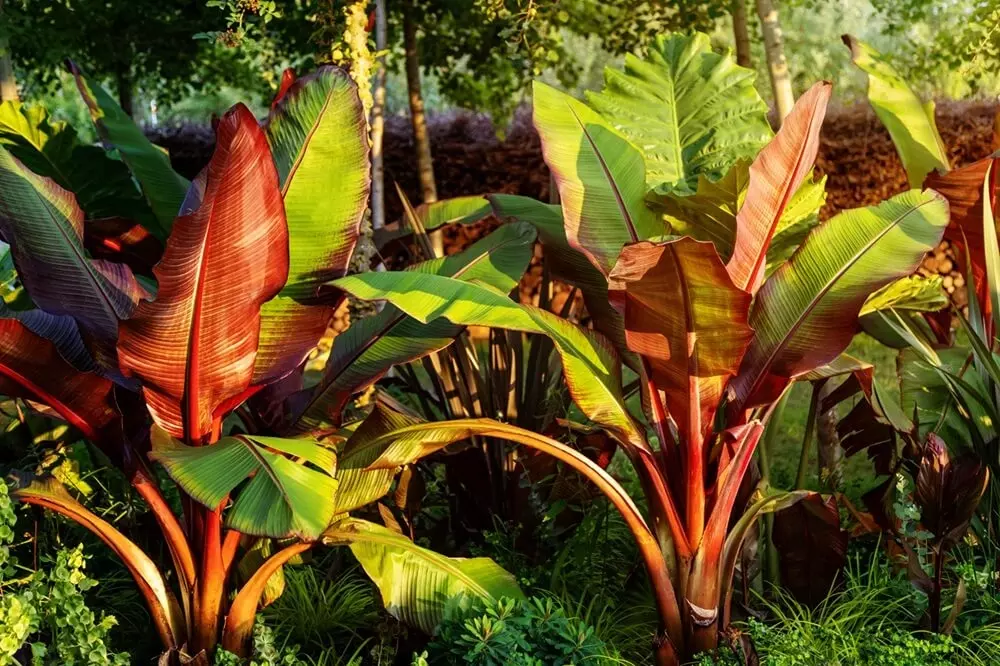
Even the roots of the plant can be eaten! Called amicho, enset roots can be boiled and eaten much like potatoes.
Scientific research has uncovered the potential of enset to feed our growing population. As an incredibly resilient plant, enset is particularly good at resisting droughts – vital in our warming climate. It’s also a perennial plant – meaning that they live year after year, and their growth can be staggered to ensure that they can be harvested throughout the year. Now that’s a future-proof food!
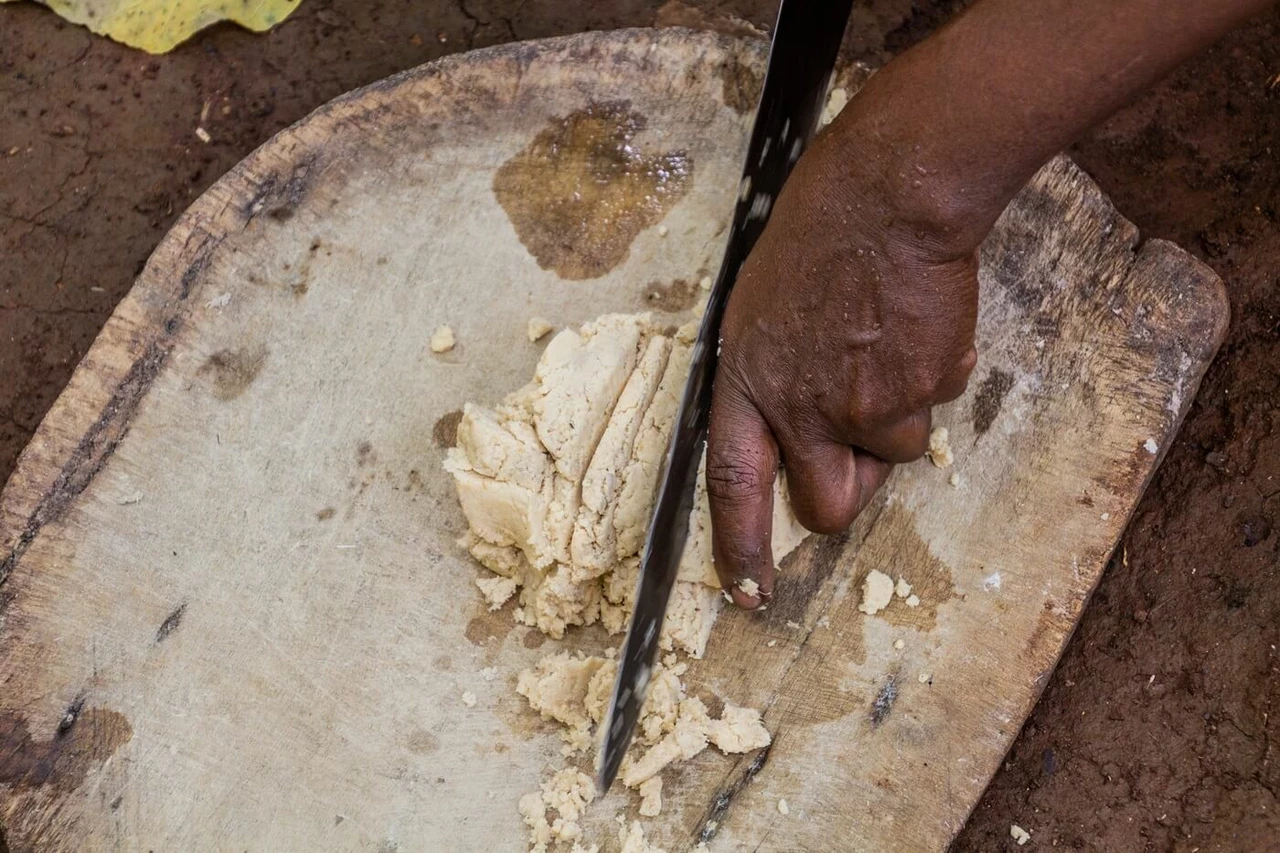
Amaranth (Amaranthus)
Can you spot the abundant leaves of the amaranth plant? With nutrient-rich leaves and edible seeds, amaranth is used in cooking worldwide.
Amaranth leaves are used in salads, stir-fries, curries and other dishes. High in iron, the leaves are healthy and packed with nutrients. They have almost twice as much Vitamin C as spinach, and contain more than our daily requirement of manganese – a nutrient vital for healthy brain function – in just one serving.
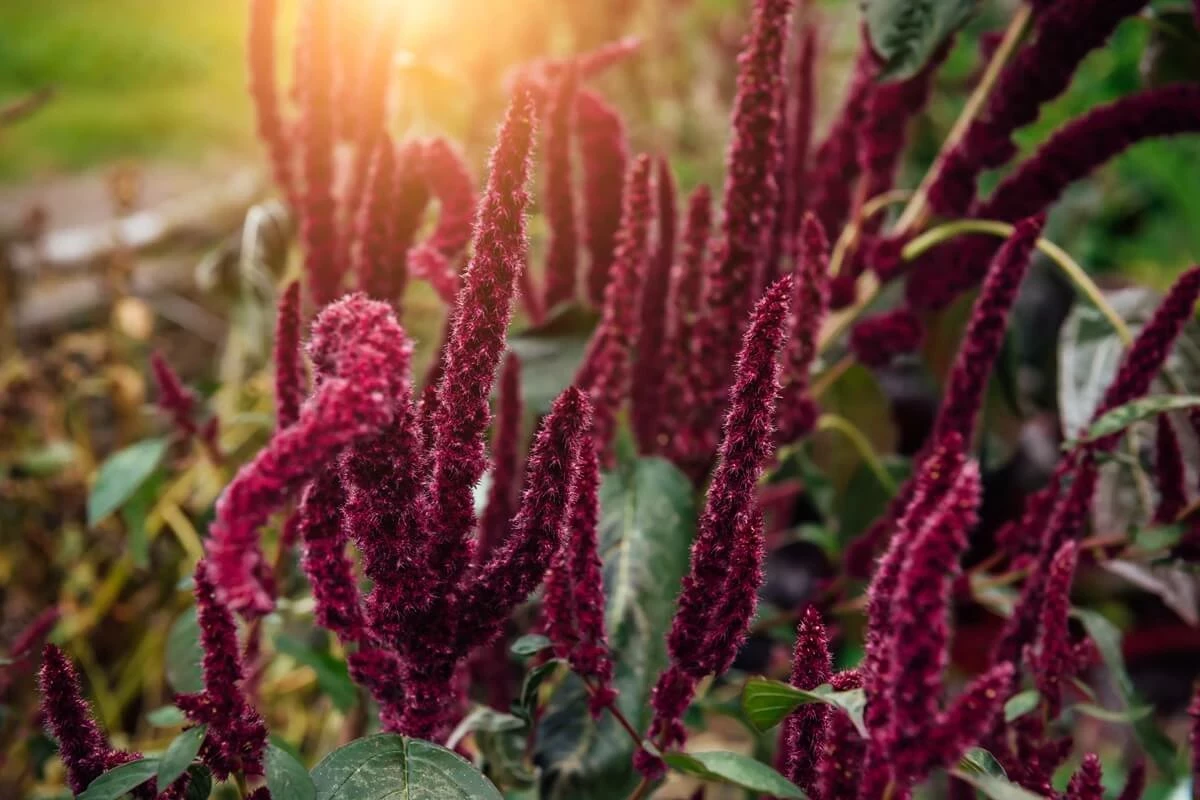
Amaranth seeds are similar to quinoa, with a mild nutty flavour. They have recently become popular as a health food, but they’ve actually been eaten for thousands of years. The Inca, Maya and Aztec civilisations relied on these seeds as a staple food, among other species of grain. In modern-day Mexico, amaranth seeds are toasted and then combined with honey, molasses and chocolate to create Alegria de Amaranto – a type of sweet candy that translates to ‘amaranth joy’ in Spanish.
Amaranth’s resilience in the face of different climate conditions makes it a particularly hopeful plant for the future of food production. It has a high tolerance to both droughts and frost, and can survive in a wide range of environments. It’s a tough survivor – and it tastes delicious, too!
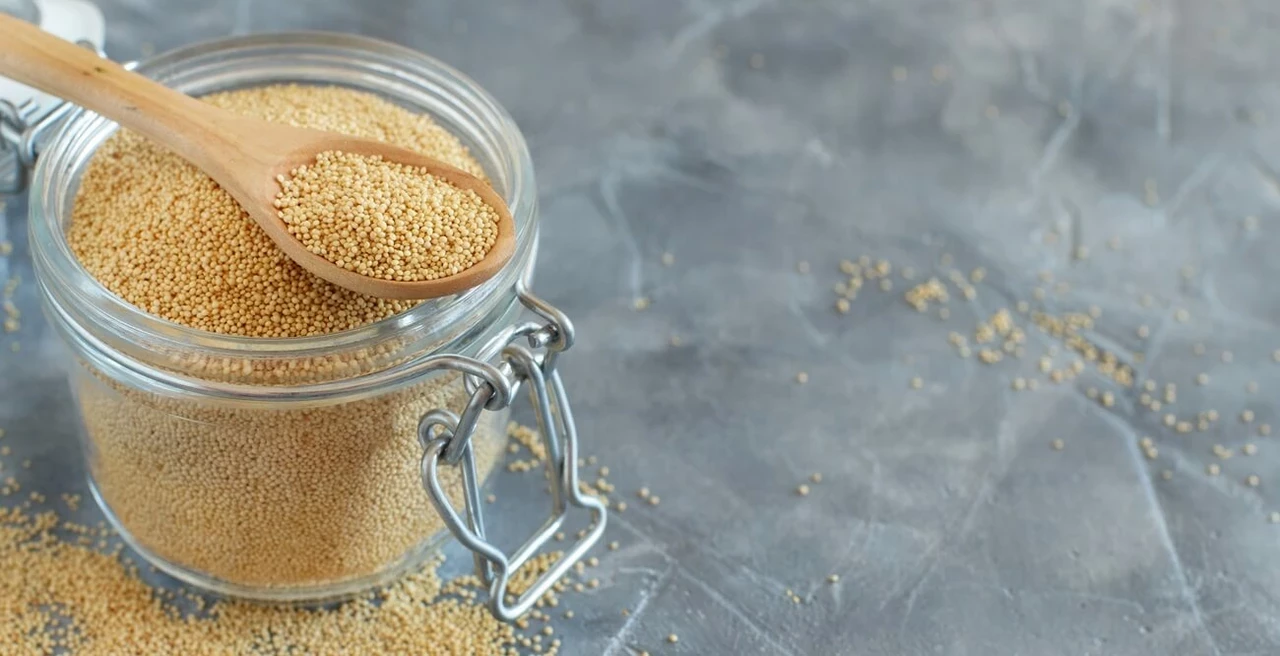
Helping from home
So – how can we help the future of our food from our homes?
One obvious way is to plant a vegetable patch in the garden – but if you don’t have one, why not put some pots of herbs on a windowsill? No matter how big or small your green space, you can help a diversity of edible plants thrive – not only are they tasty for us, but they also support pollinators like bees and butterflies.
Or why not visit one of The Royal Parks’ kitchen gardens or allotments? If you take a stroll through Hyde Park to Kensington Gardens, you can visit the Kensington Gardens allotment during its opening hours. Here you can find lots of inspiration for your next at-home planting project.
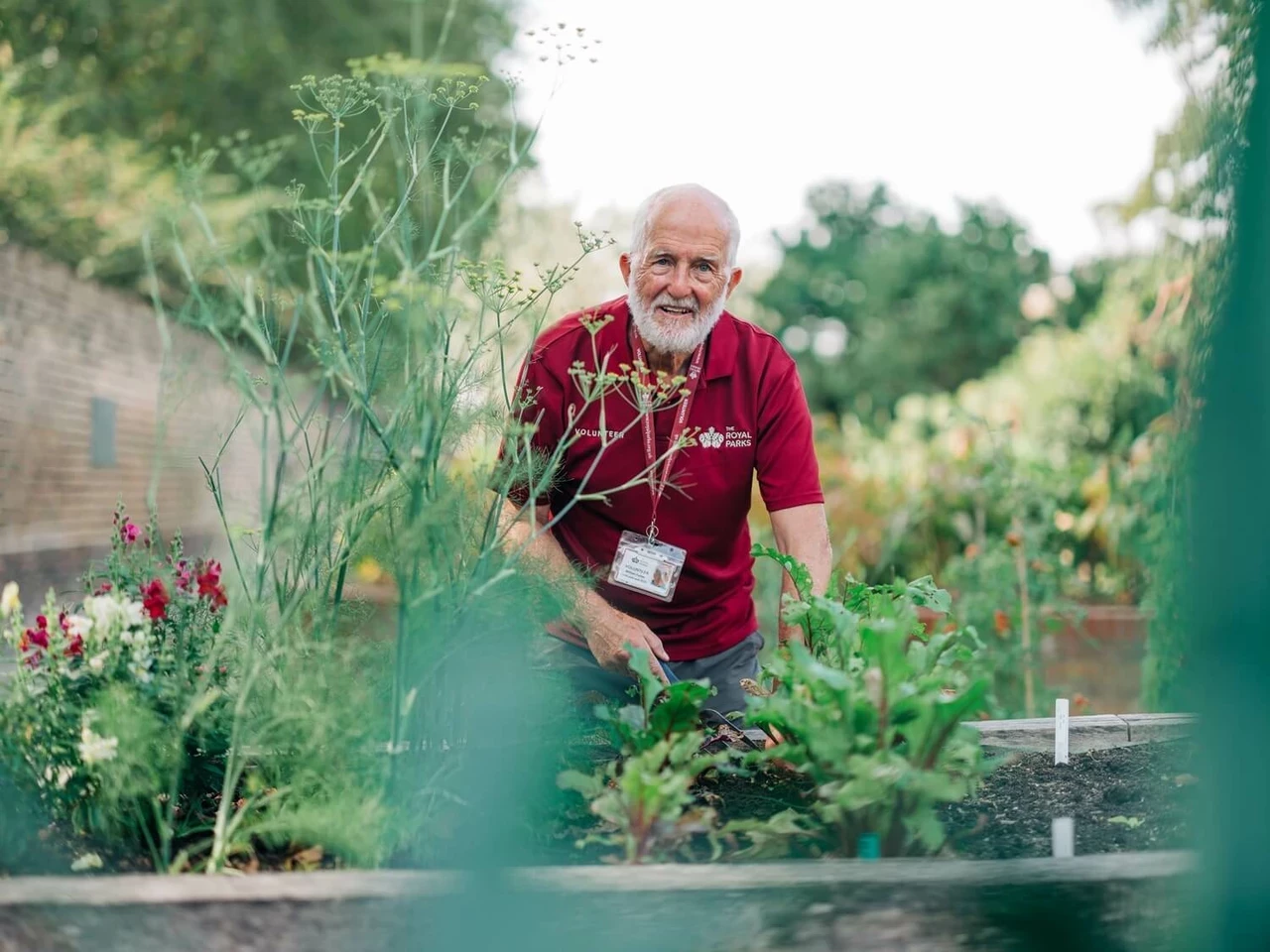
Watch this space...
Every season, new planting in the Hyde Park Victoria beds will give a fascinating insight into a new purpose for plants. Come back next season to discover more!
Related Articles
-
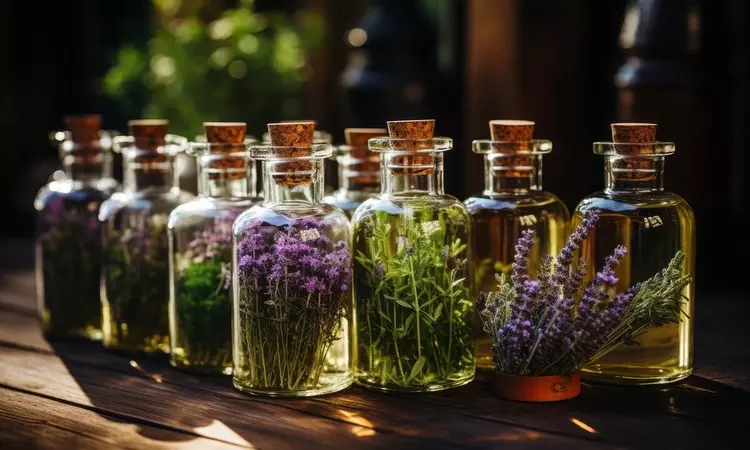 Read
ReadPlants for a purpose - winter 2023
Every season, new planting at Victoria Gate in Hyde Park will reveal a different purpose for plants – from food and fuel to medicine and materials.
-
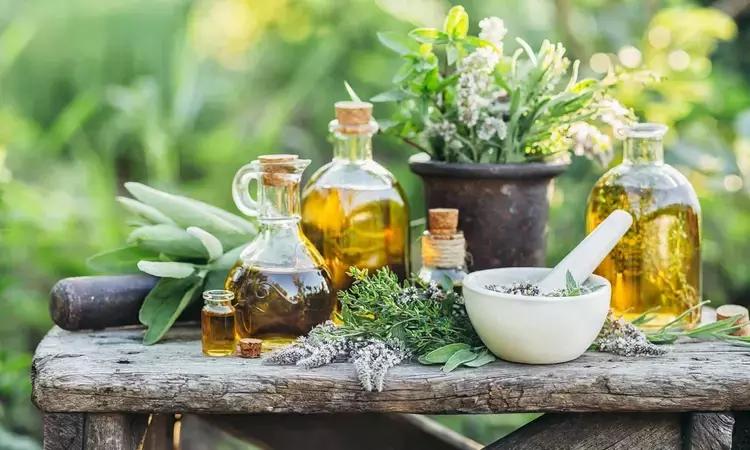 Read
ReadPlants for a purpose
Every season, new planting at Victoria Gate, Hyde Park, will reveal a different purpose for plants - from food and fuel to medicine and materials.
-
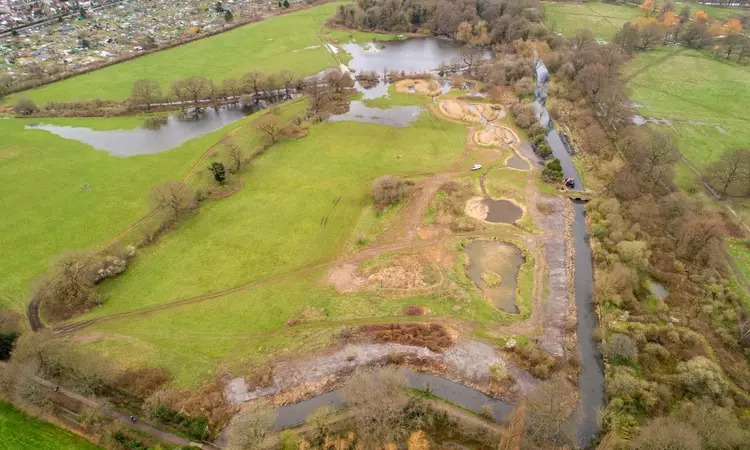 Read
ReadThe Royal Parks in a changing climate
Climate change is having a profound effect on the natural environments and wildlife of the Royal Parks.